On a hill in the Vomero district sits the medieval fortress known as Castel Sant’Elmo. The castle, a well-known municipal icon, provides expansive views over the bay of Naples and the surrounding area. Since we wanted to see Naples’s neighborhoods, we made the decision to walk to the castle. It was a wise decision, you could say.
The walking time may vary depending on your pace and the path you select as you travel from Naples’ downtown to Castel Sant’Elmo, which is roughly 3 kilometers (1.9 miles) away.
Depending on your pace and how much time you spend taking in the sights along the route, the distance if you are walking from the city center should take between 45 and an hour. To get to the castle, you may travel a combination of streets and pathways; doing so will pass through some of the city’s most fascinating districts.
It is worth noting that the walk to Castel Sant’Elmo involves some uphill sections and may be challenging for some people. If you prefer, you can also take public transportation or a taxi to reach the castle. There are several bus lines that serve the area, or you can take the funicular railway from the center of the city to the Vomero district, which is located just below the castle.
In order to defend the city from invasion, the castle was constructed in the 14th century. It features multiple towers, high walls, and a star-shaped architecture. The castle has undergone several modifications and performed a number of functions throughout the years, including as a jail, a military barracks, and a cultural hub.
A well-liked tourist destination in Naples today, Castel Sant’Elmo is home to a number of museums, including the Museo Nazionale di San Martino, which is devoted to Naples’ history, and the Museo d’Arte Contemporanea, which exhibits modern and contemporary art. The castle also holds concerts, exhibits, and cultural events all year round.
Castel Sant’Elmo is renowned for its spectacular location, which offers stunning views of the city and the surrounding area, in addition to its cultural and historical value. Both tourists and locals use the location frequently, particularly around sunset when the scenery is most breathtaking.



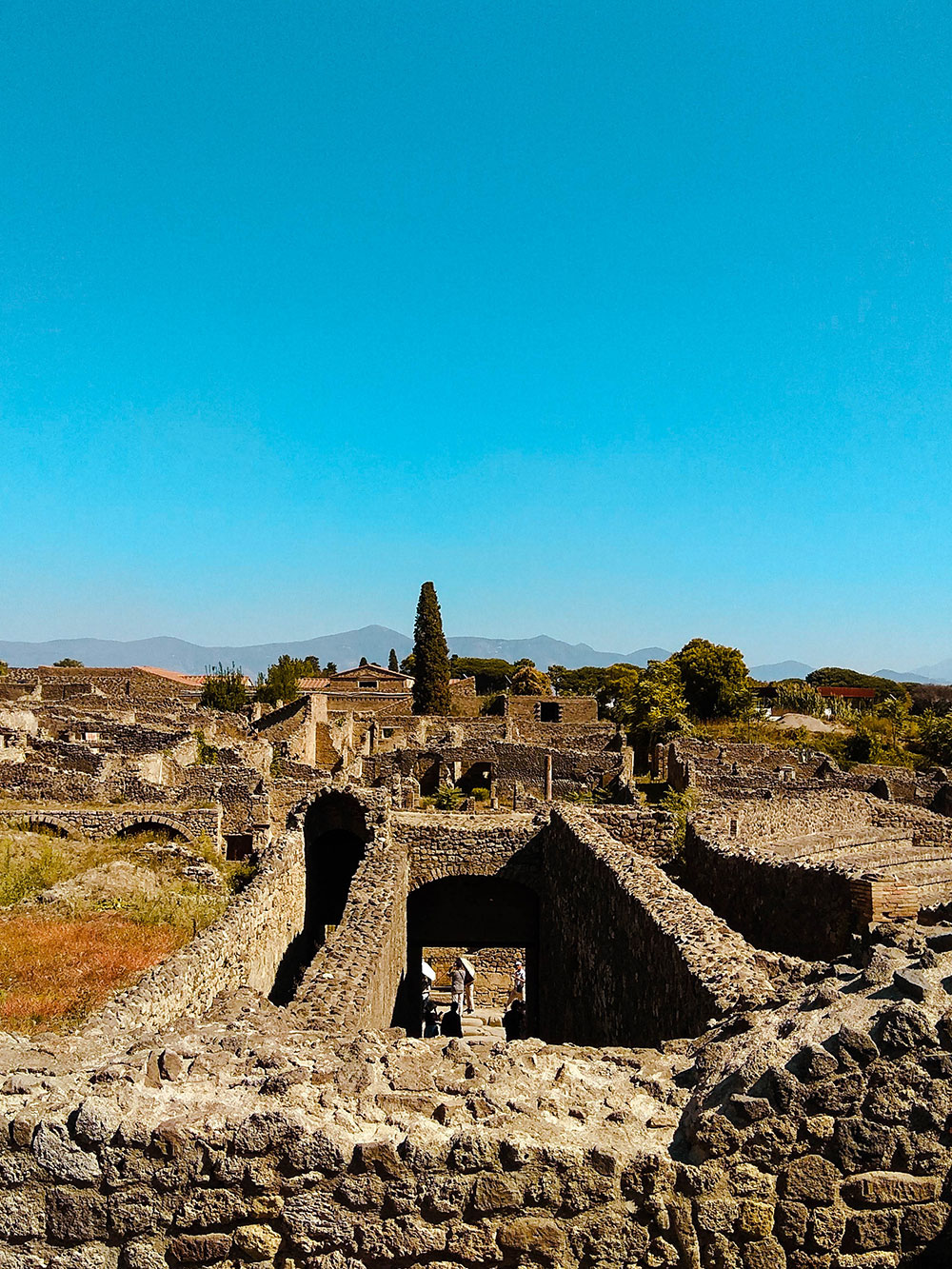
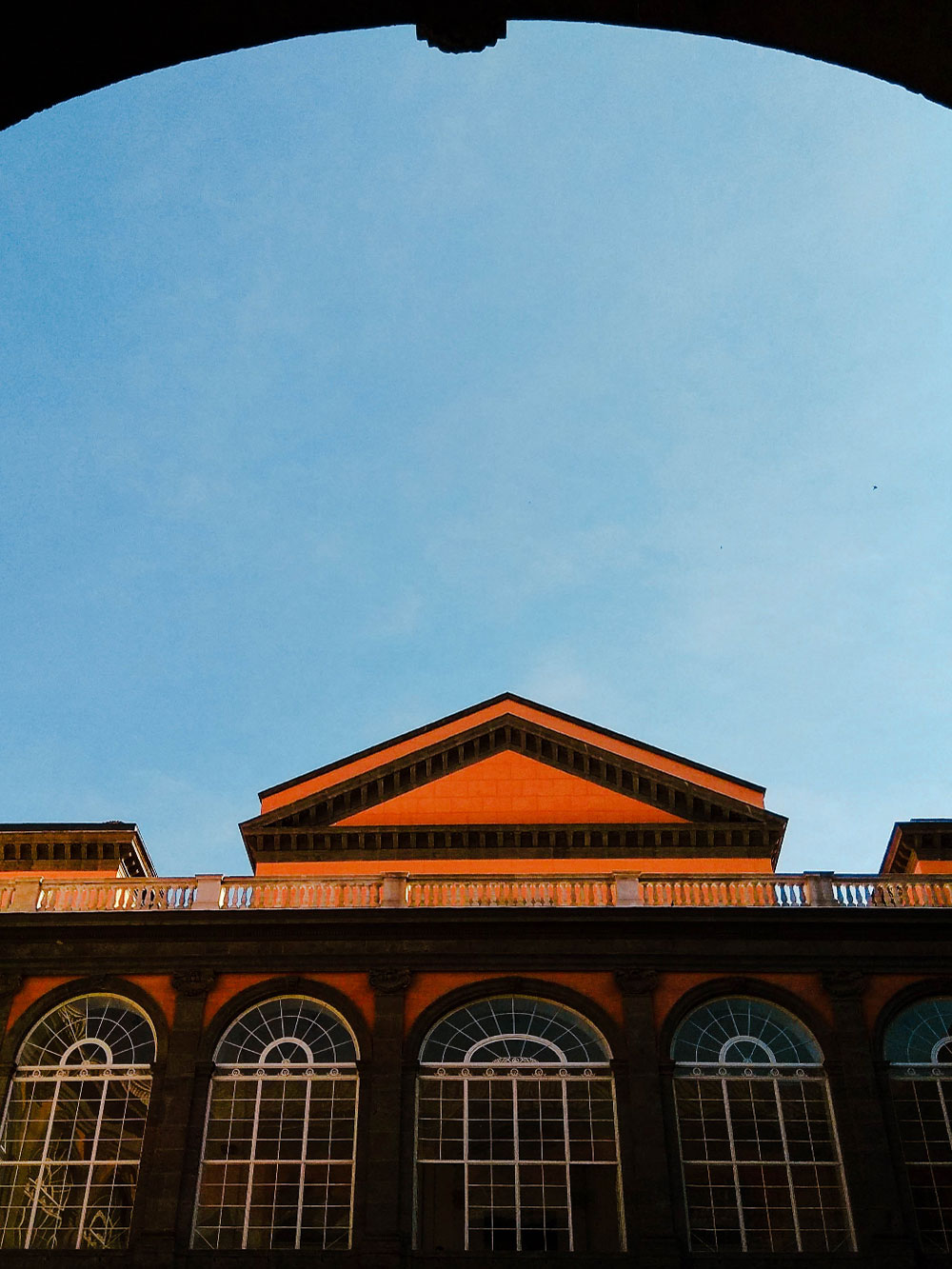
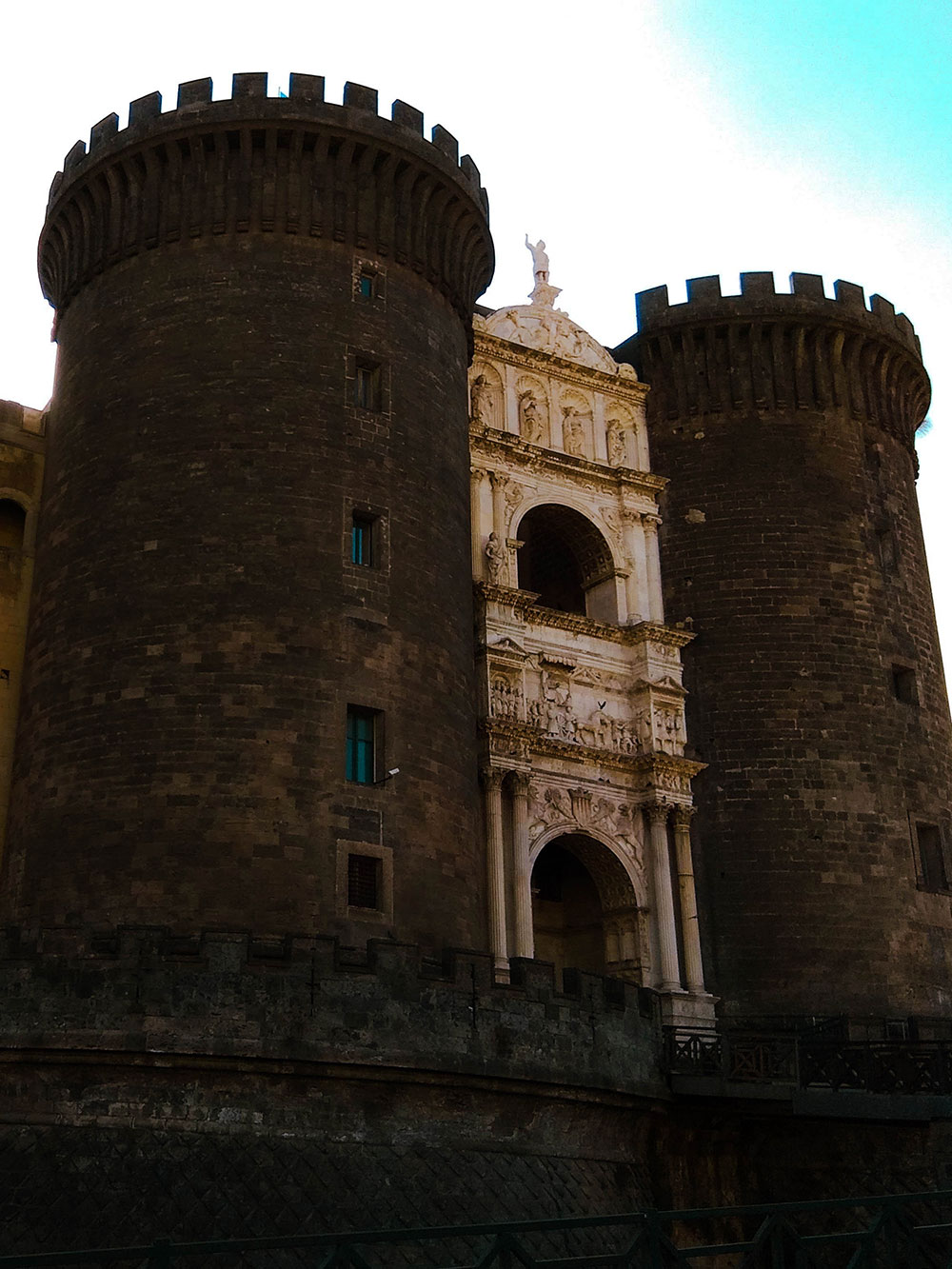
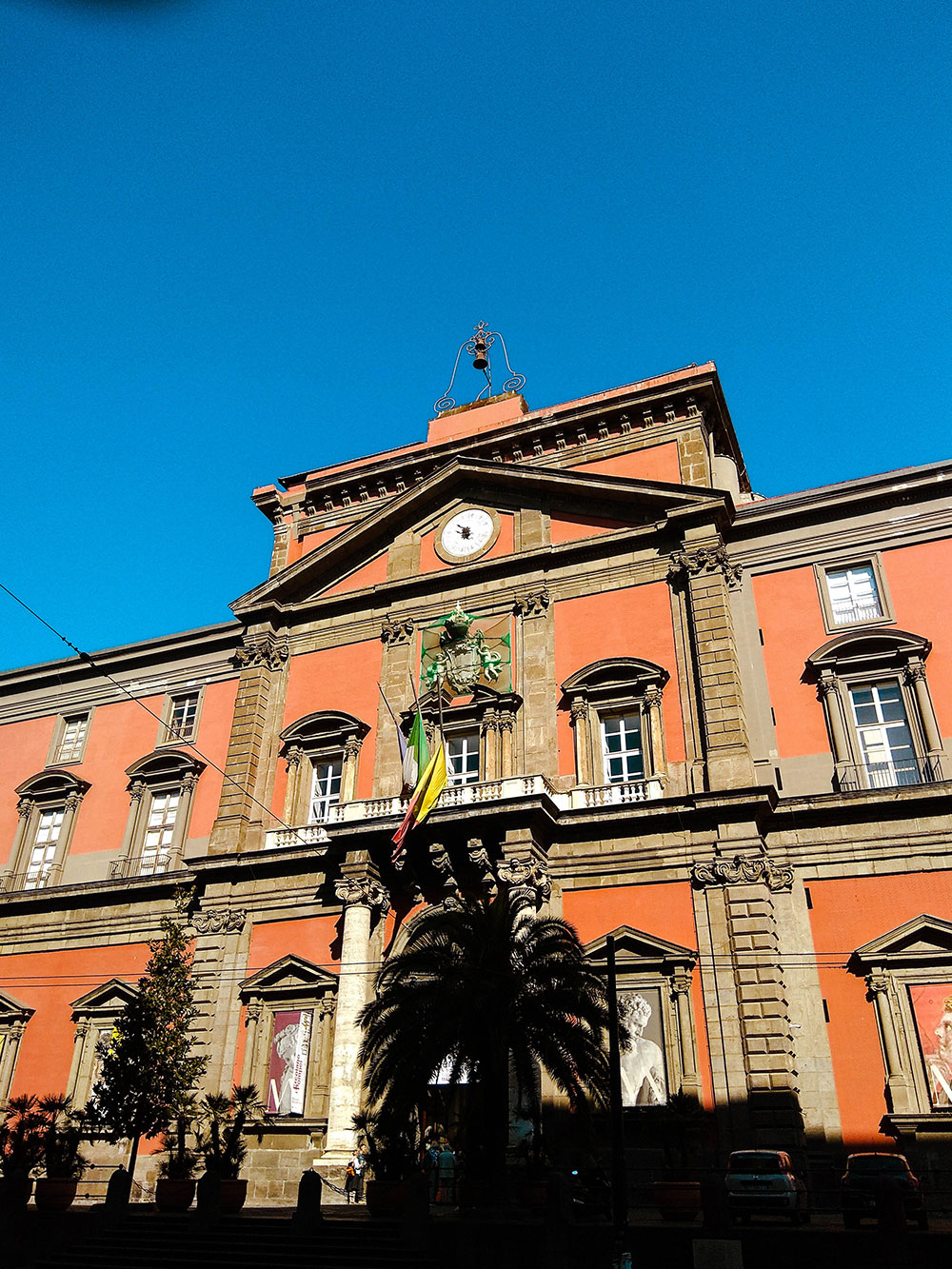
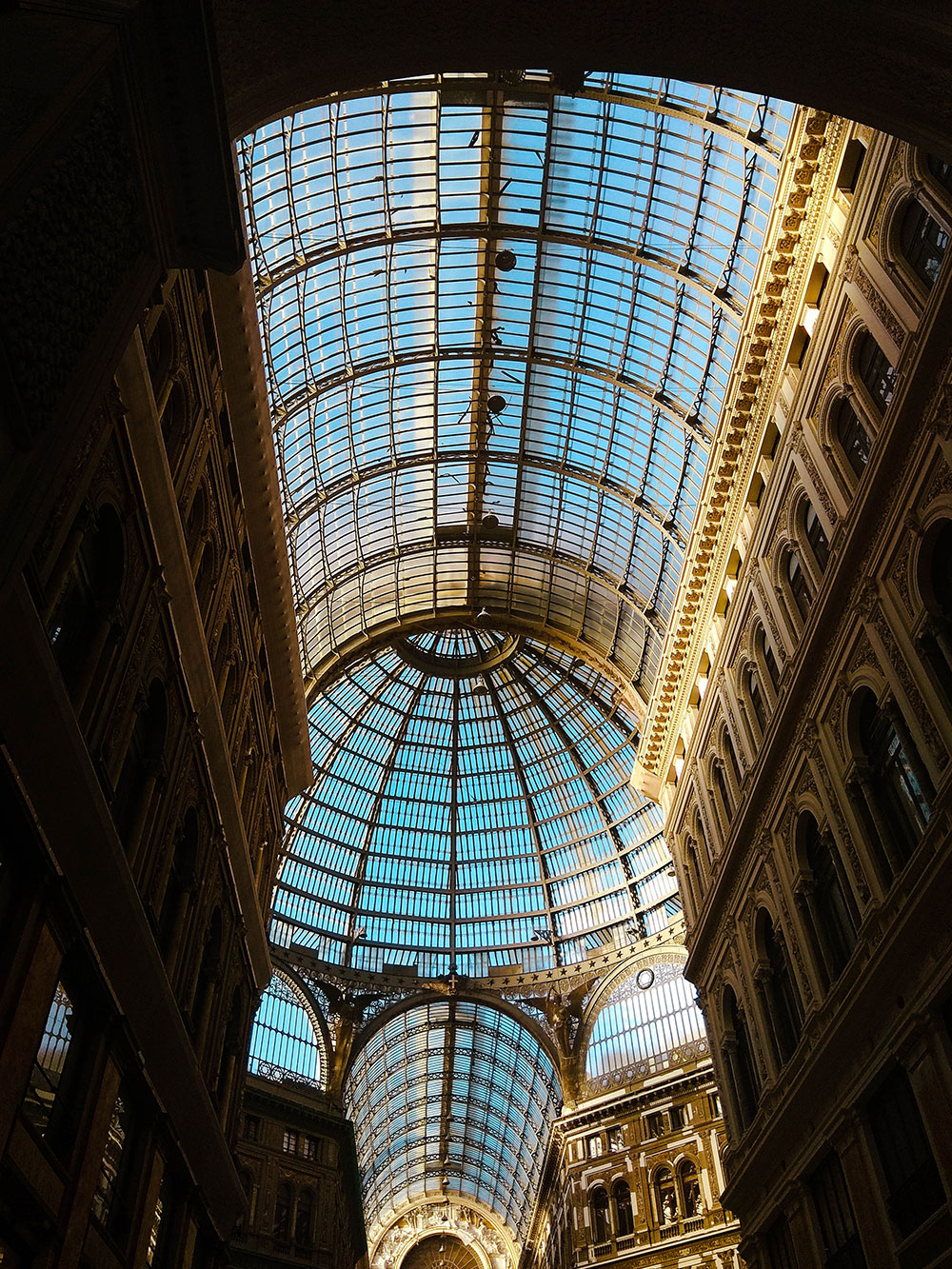
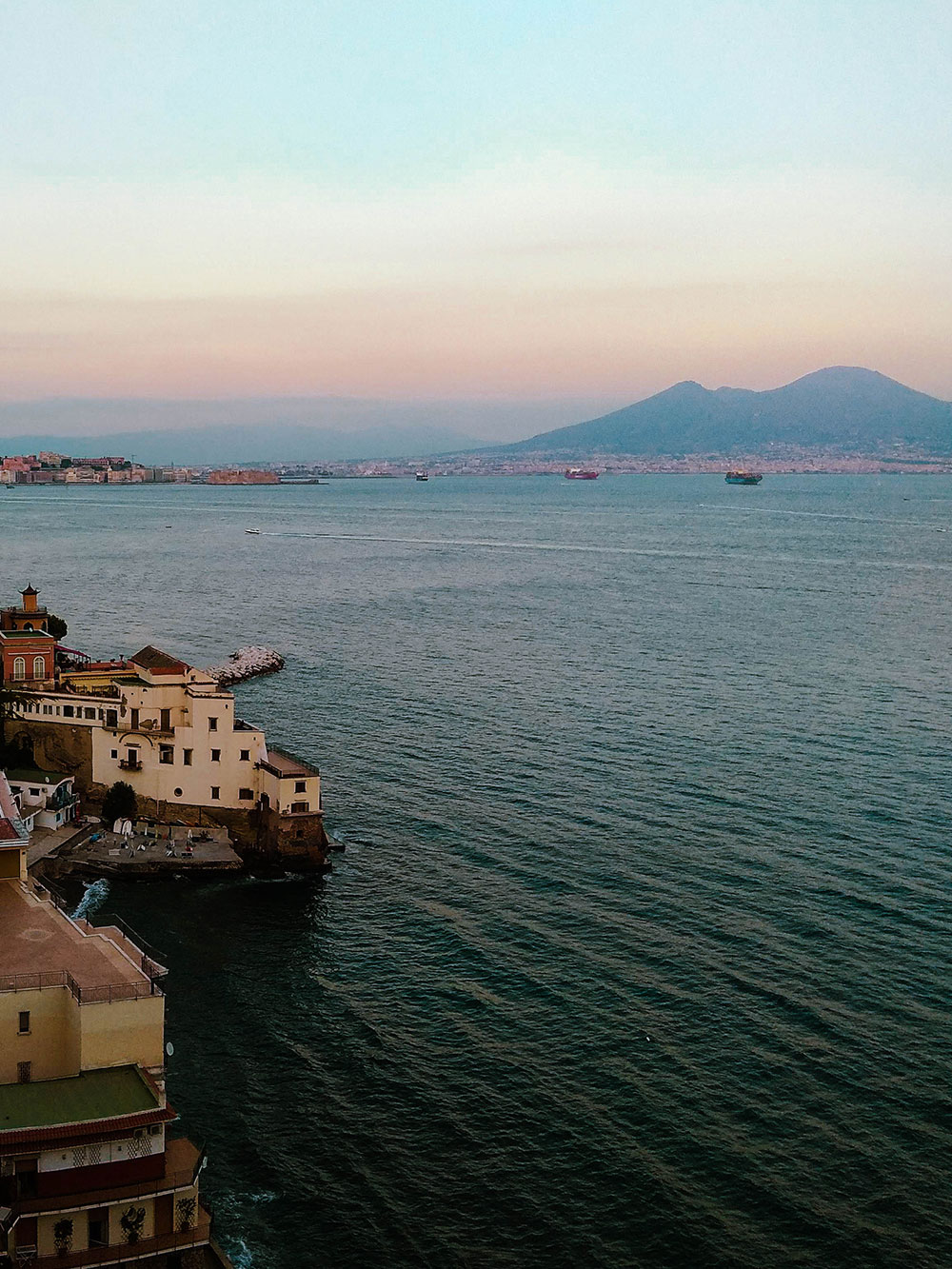
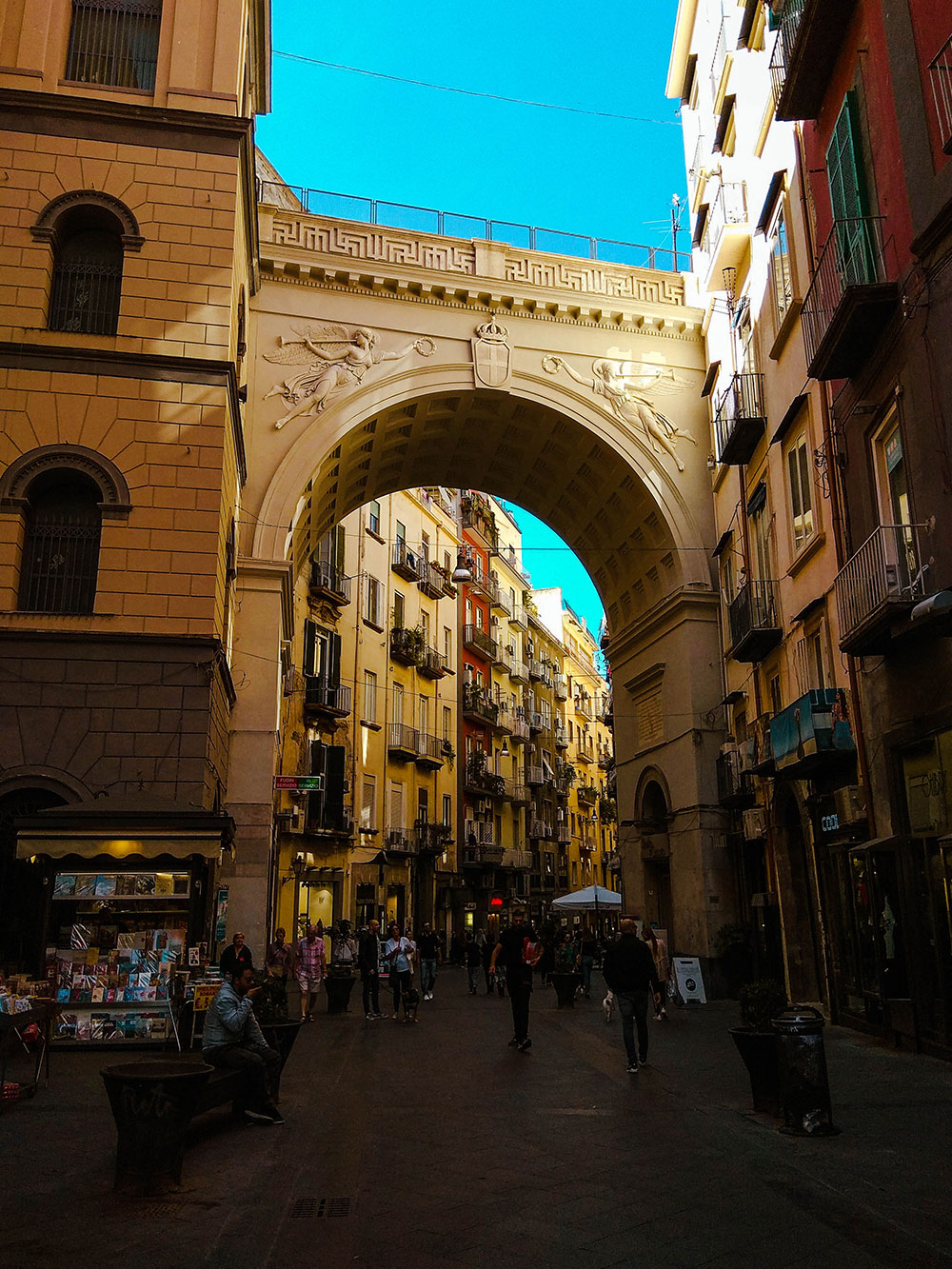
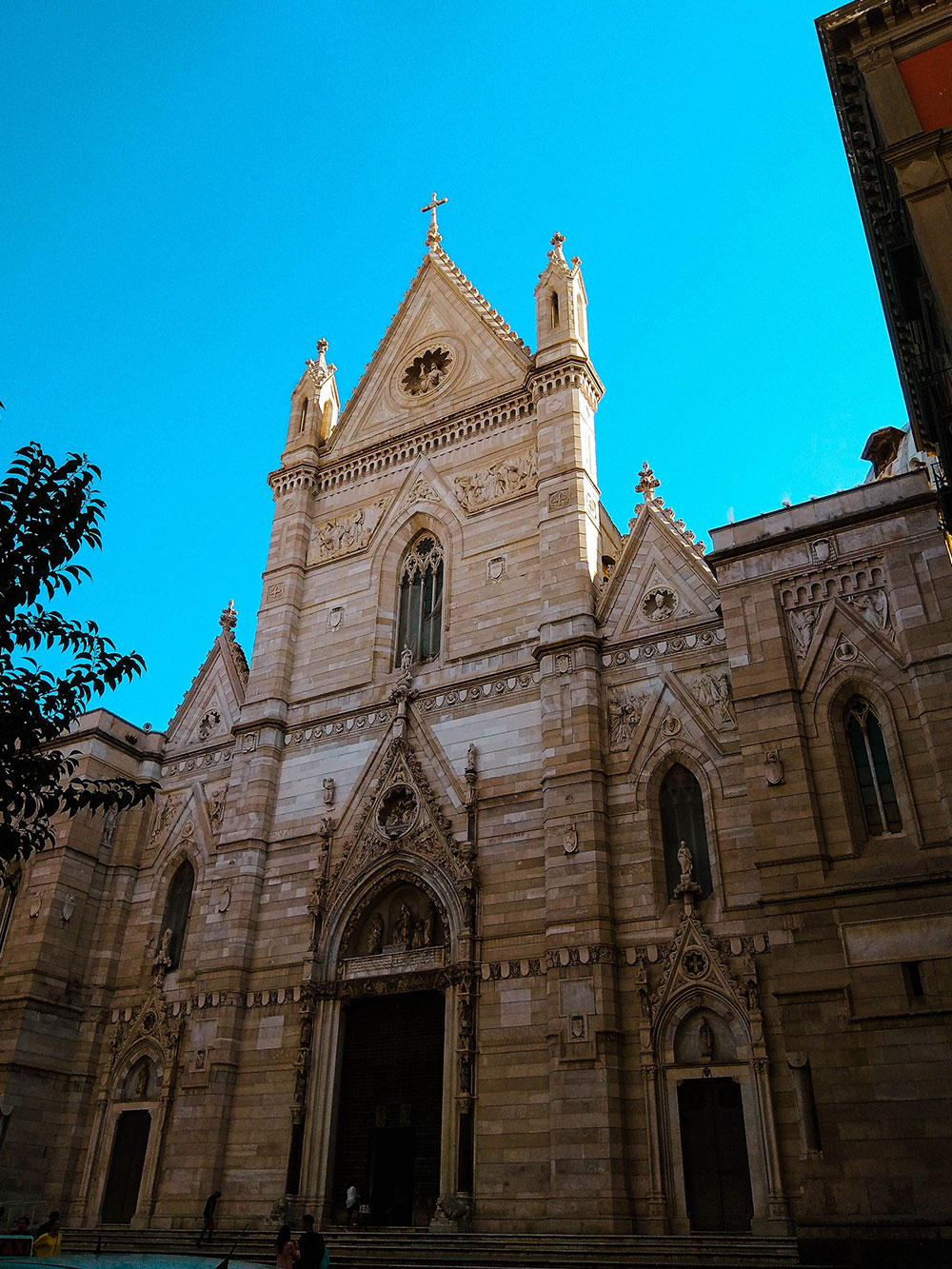
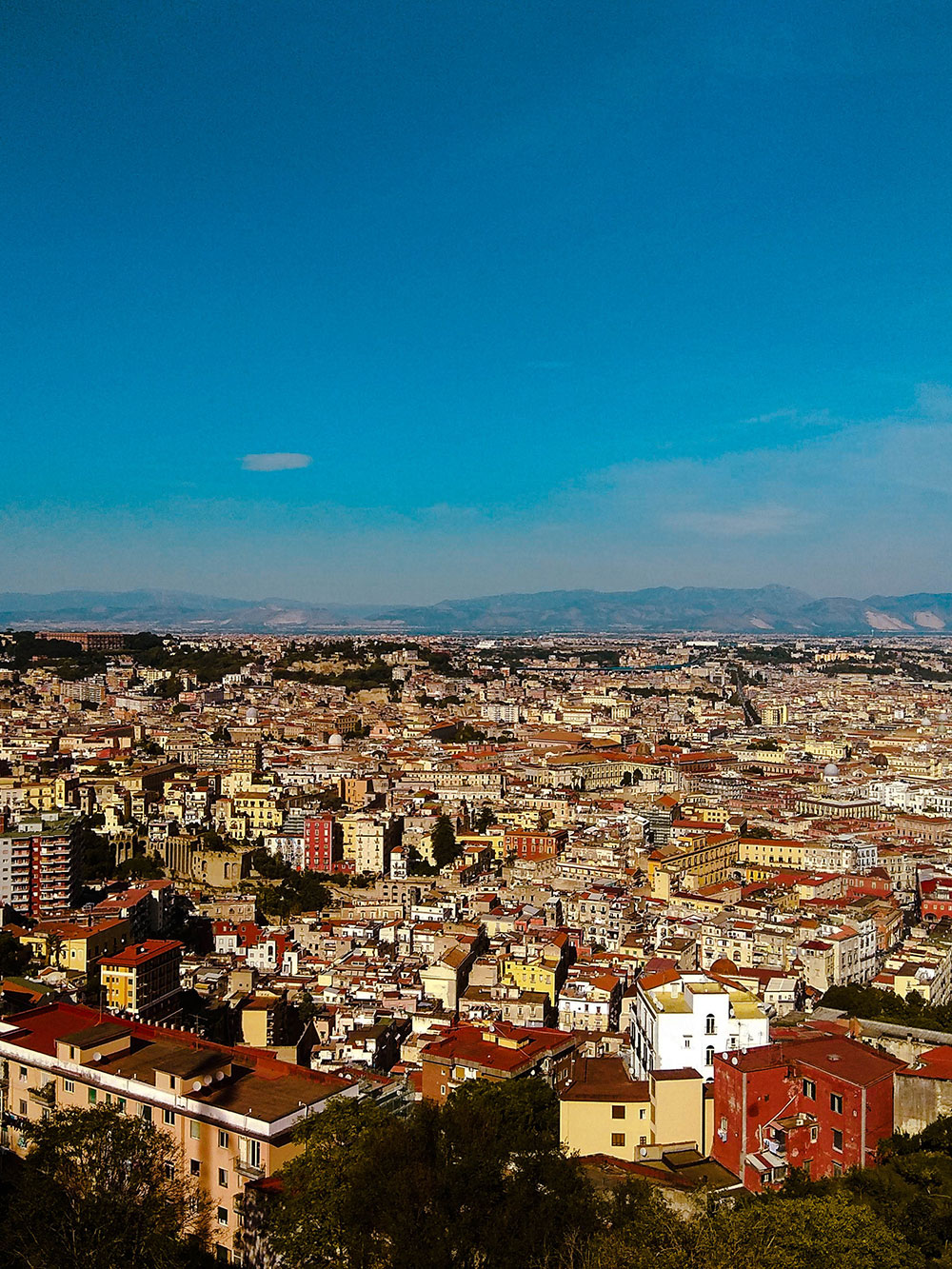



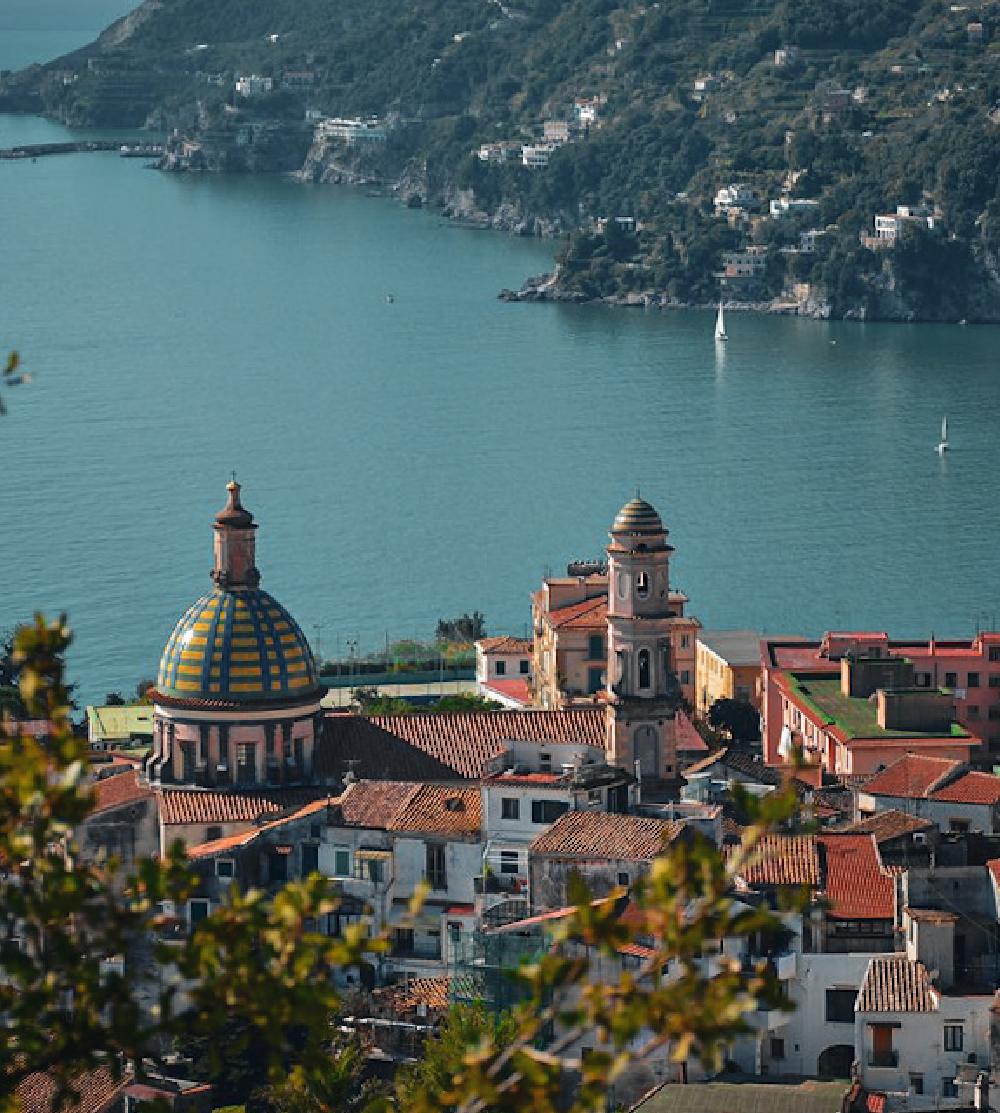
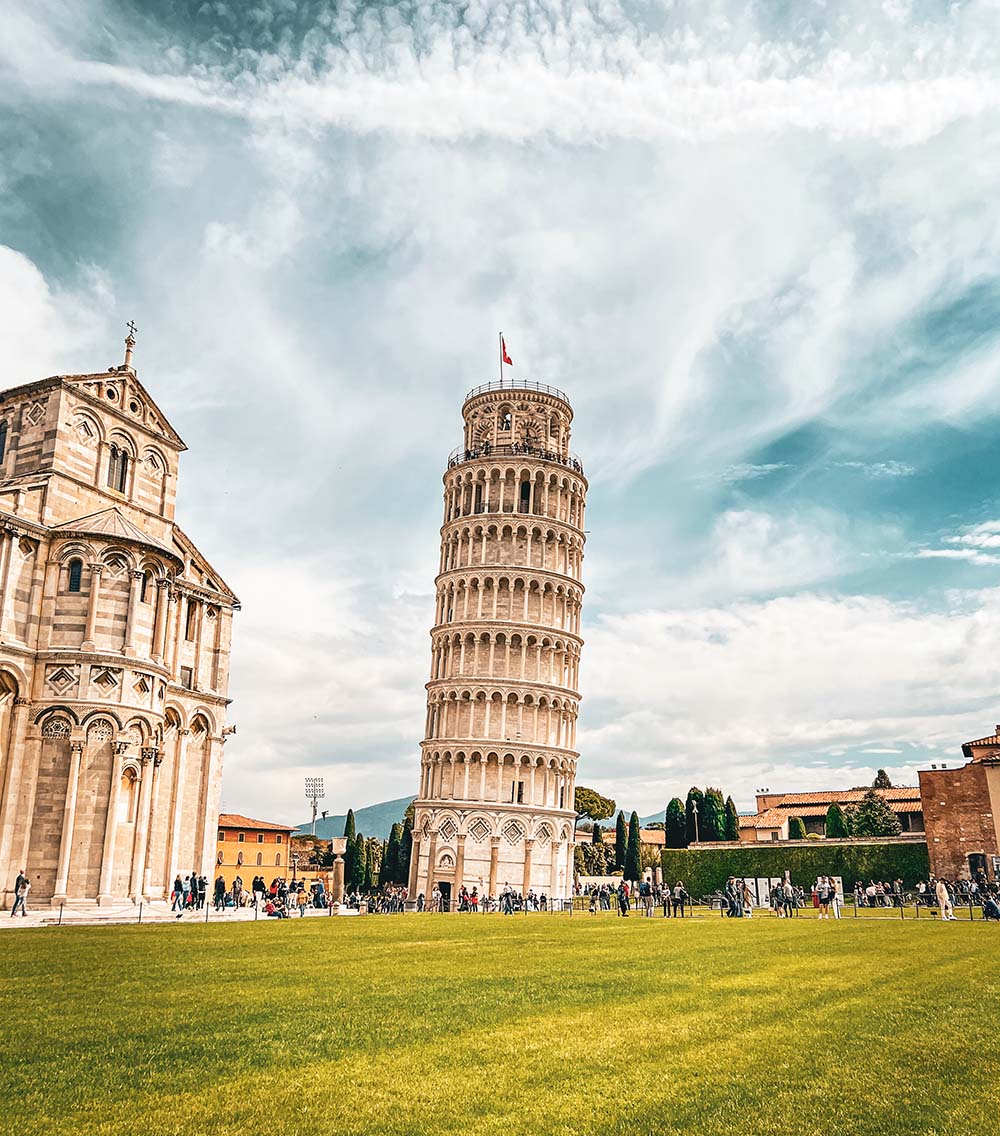

No Comments